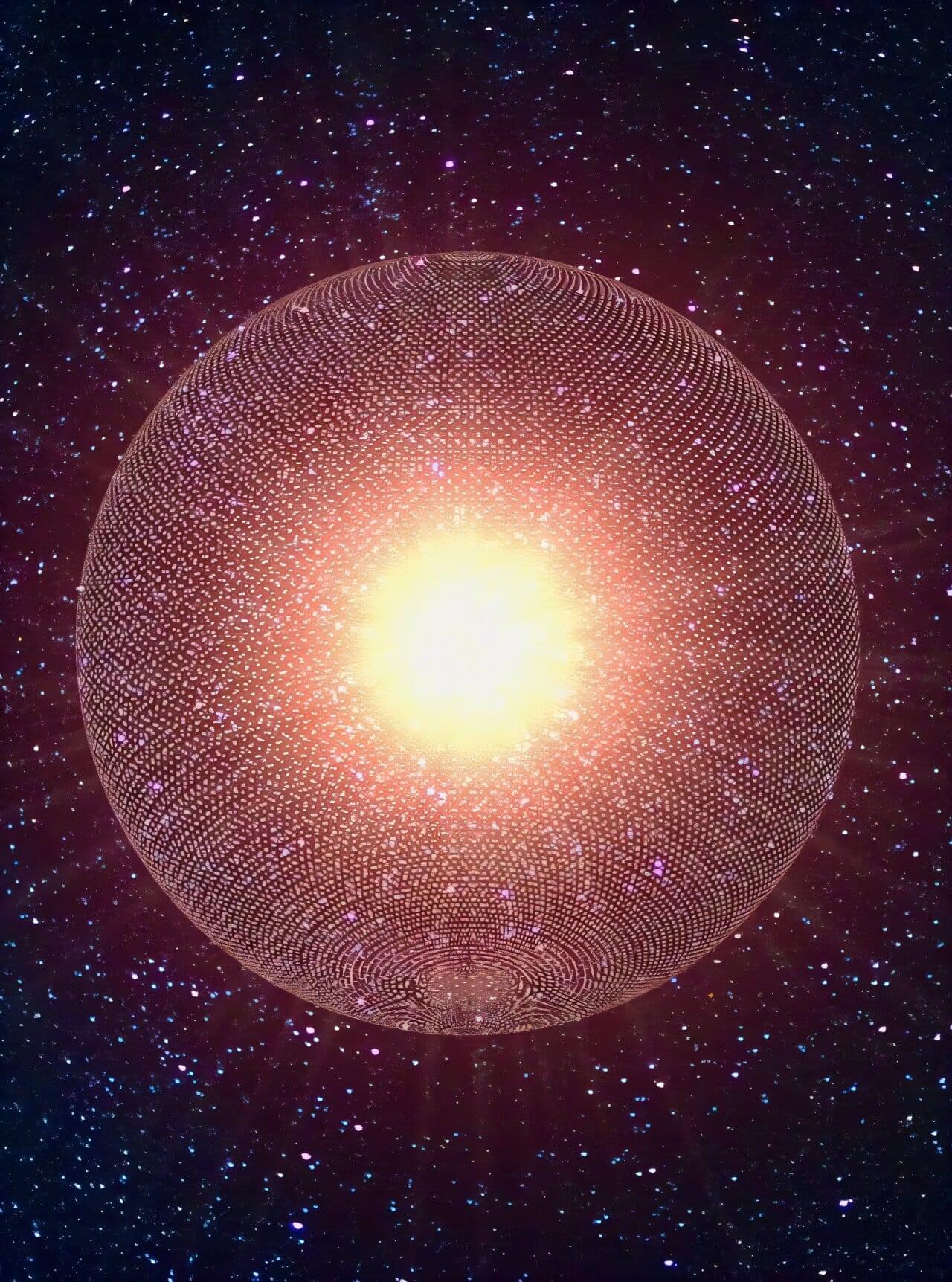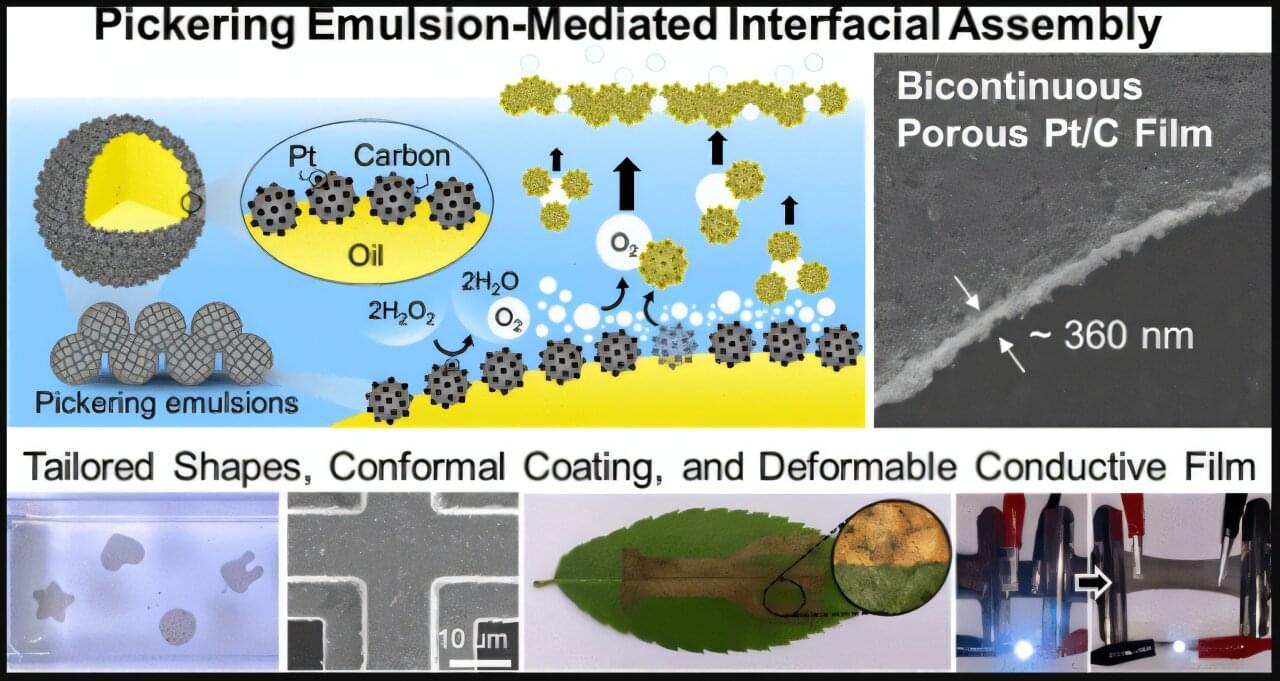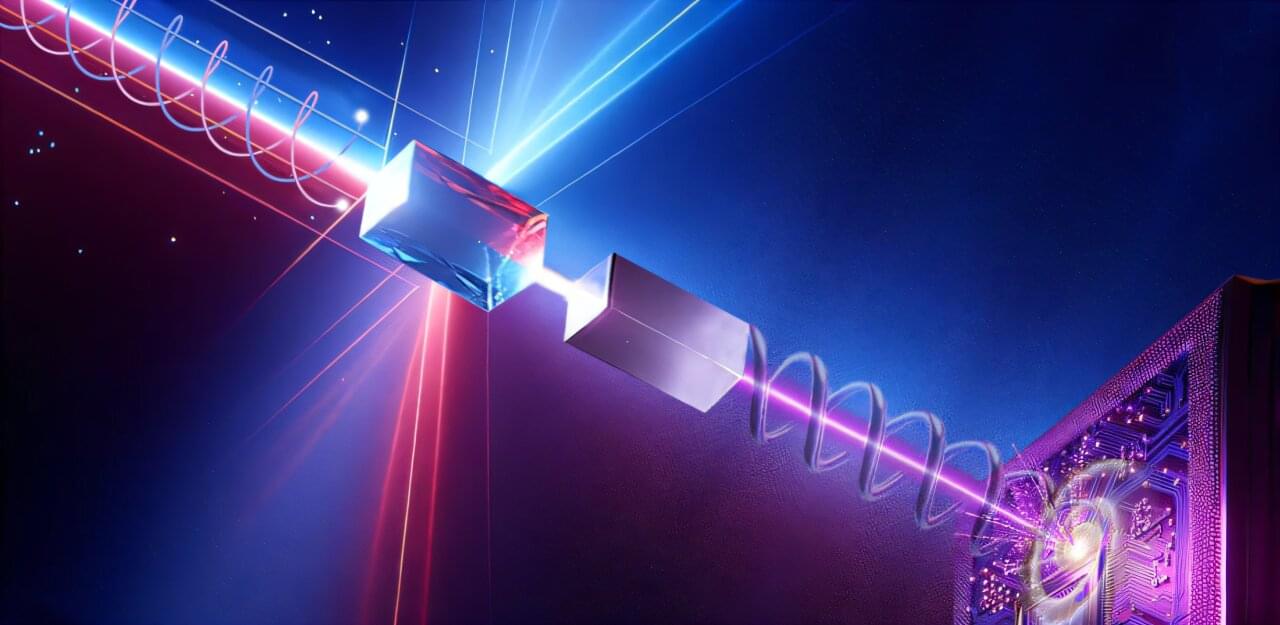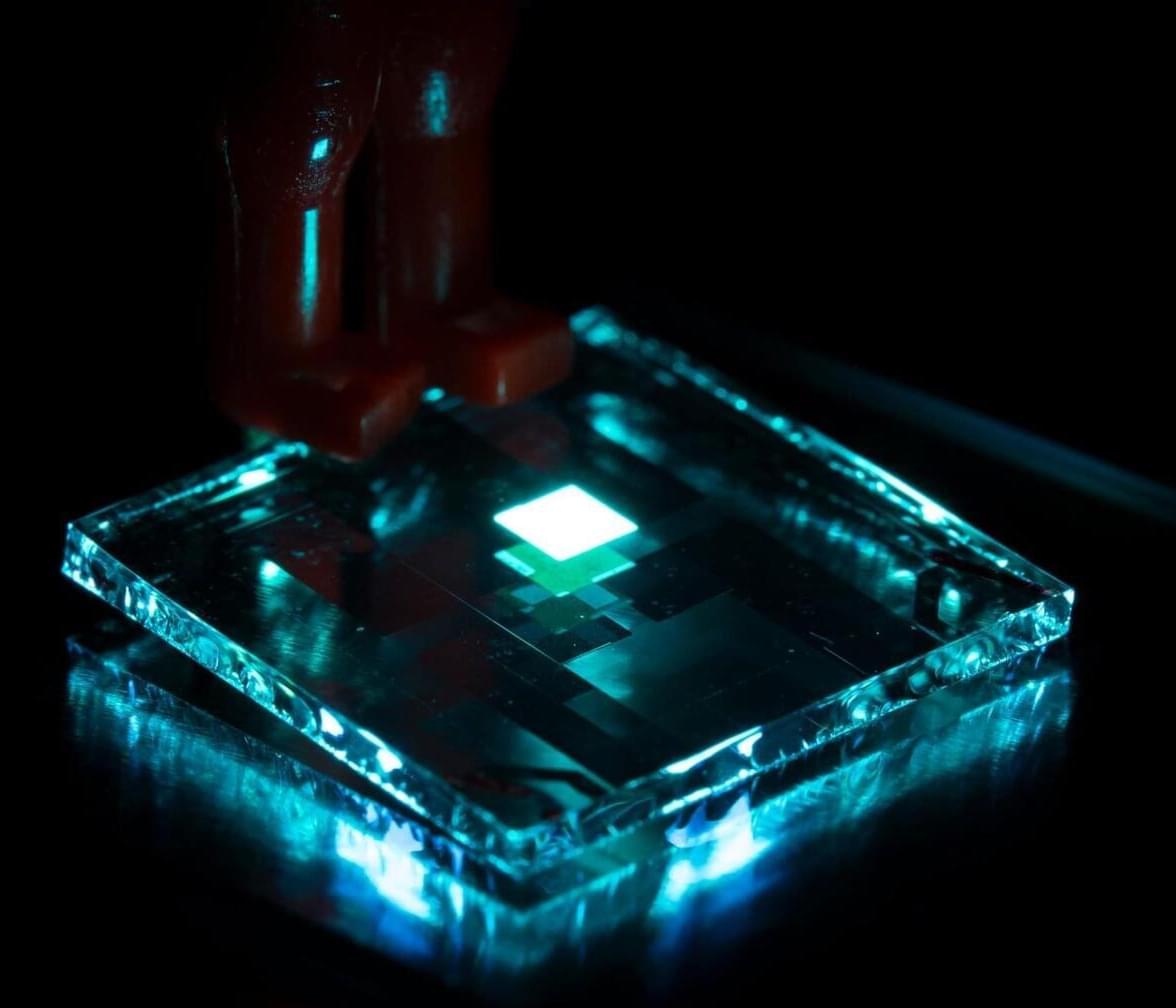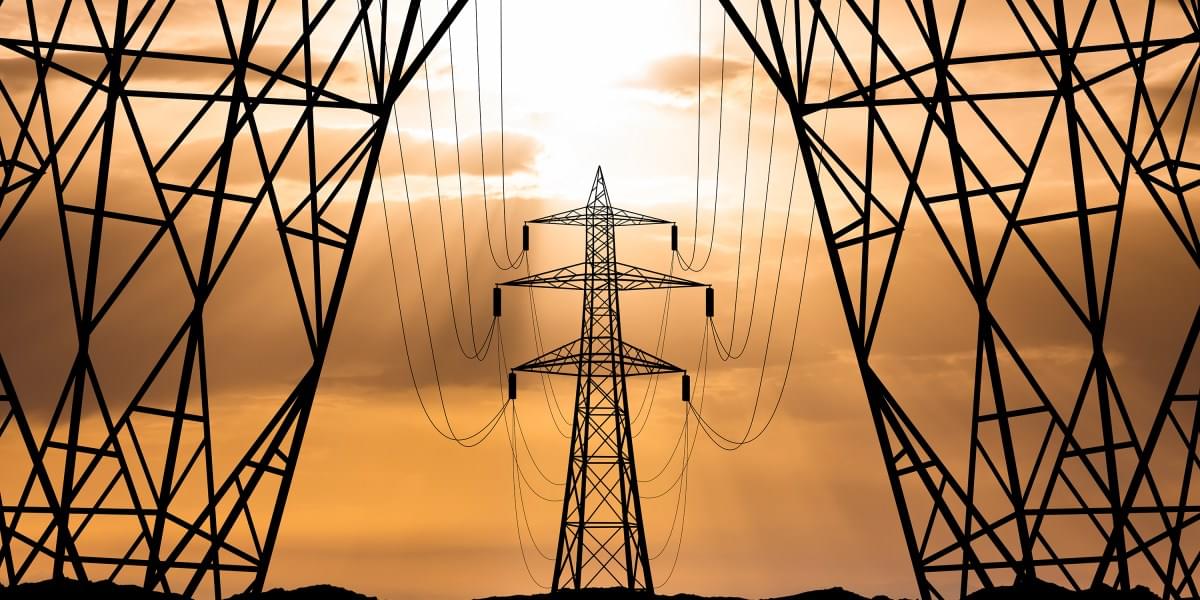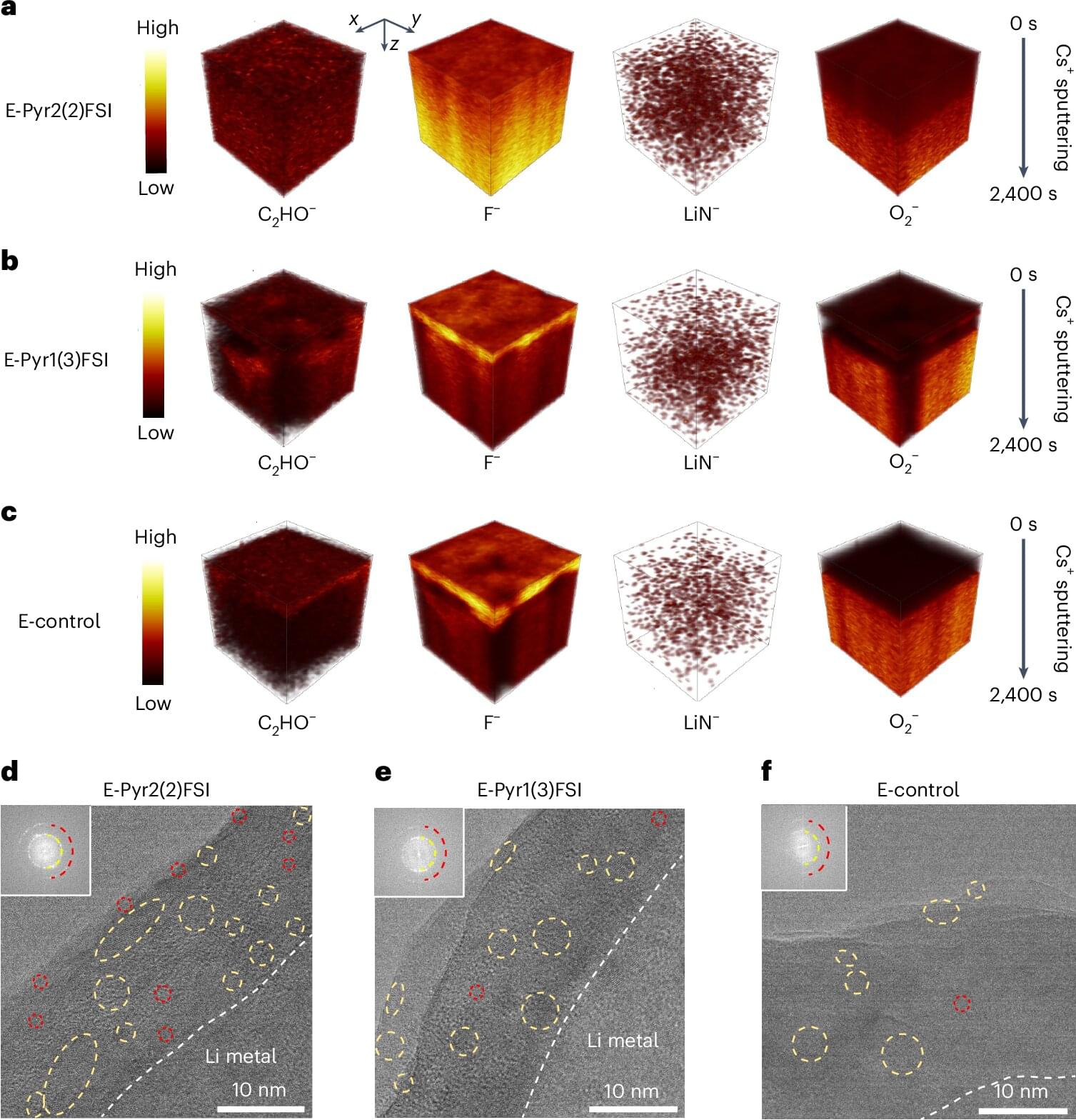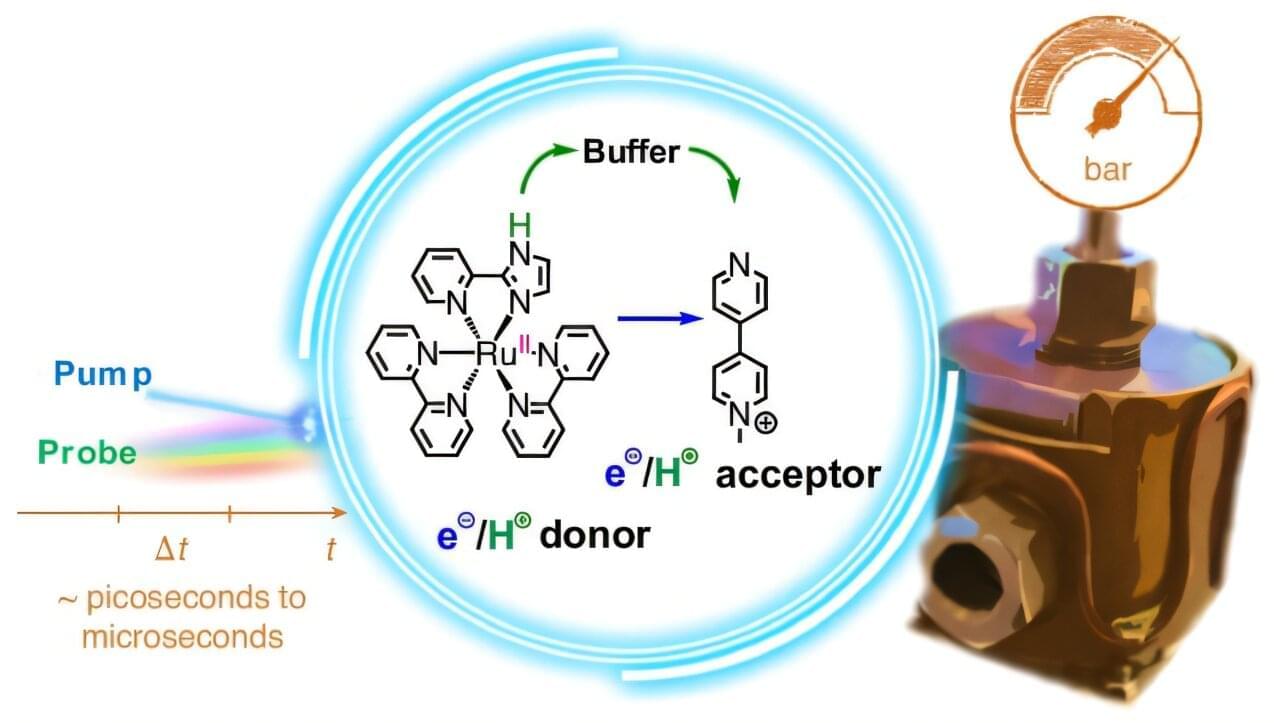The IoT world is a big world that everybody is talking about. IoT products nowadays come in different forms — some are labelled as IoT, but in fact they represent only a small portion of what an IoT product really entails. A fully fledged IoT project not only requires programming and hardware expertise but also expertise on a broad range of domains from energy to smart home and even automotive.
The purpose of this article is to highlight the significant differences among the Internet of Things (IoT) and Industrial Internet of Things (IIoT), and while walking through the listed considerations, the reader will have the chance to learn about their ecosystems and the particularities of their applications. Moreover, the gaps in the standardization of the technologies related to the IoT are presented along with the current initiatives from various institutions for mitigating these gaps.
Before talking about the differences between the IoT and IIoT, let’s look first at the similarities of the two. Both have the same fundamental layer on top of which they are built. With IIoT being a subset of the larger IoT, they automatically share common technologies like sensors, cloud platforms, connectivity and analytics.

